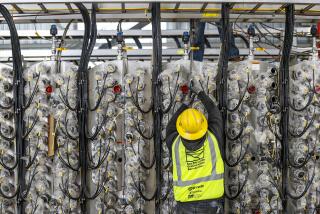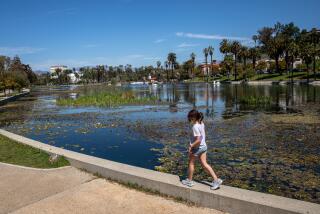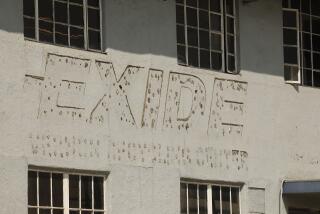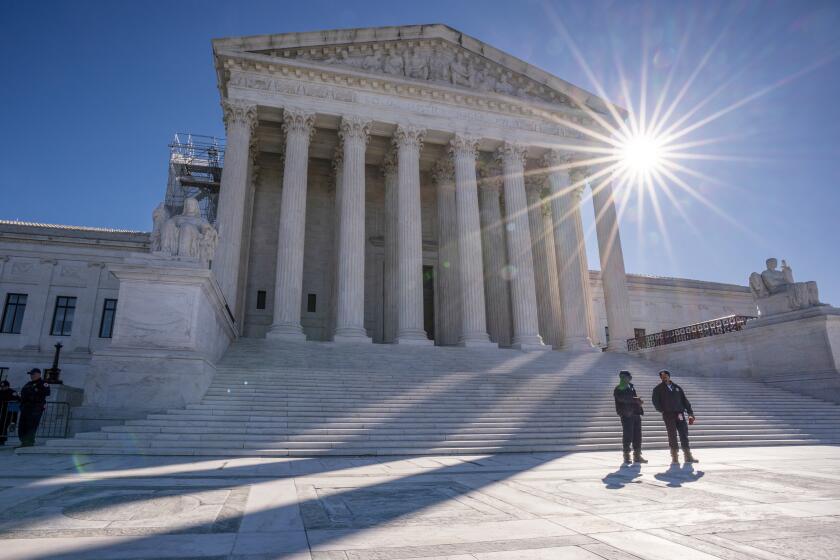PCBs in Hudson River Ordered Removed
- Share via
WASHINGTON — The Bush administration Tuesday ordered tons of PCBs removed from New York’s upper Hudson River, clearing the way for huge dredging operations.
General Electric Co. dumped 1.3 million pounds of PCBs into the river before the federal government banned the pollutants in 1977. The company bitterly opposes dredging, which is expected to cost GE $500 million.
Tuesday’s final decision from the Environmental Protection Agency mirrors a plan formulated by the Clinton administration and endorsed by the EPA last summer.
“We are going forward with this important cleanup,” EPA Administrator Christie Whitman said.
GE spokesman Mark Behan said company officials had not received EPA’s order and would not comment until they reviewed it.
Environmentalists praised the decision.
“This is a great moment in the history of this river-cleanup battle,” said Jeff Jones of the Albany, N.Y.-based Environmental Advocates.
Gov. George Pataki, who lobbied Whitman last week to push forward with the cleanup, said he had not yet read the plan.
“But it sounds at first blush very, very positive,” the Republican governor said.
The decision caps 25 years of false starts and conflicting studies over what to do with polychlorinated biphenyls, or PCBs, buried in the river bottom.
PCBs, used as insulation and a coolant, have been linked to cancer in laboratory animals. The EPA classifies the oily substance as a probable carcinogen and says PCBs pose risks to wildlife and to people who eat fish from the Hudson.
GE released PCBs from its plants in Fort Edward and Hudson Falls, about 40 miles north of Albany. The cleanup will include locations in that stretch, reaching almost down to the capital city.
The EPA said it transmitted its decision to state officials, who now have 15 business days to review it before it is released officially.
If GE refuses to agree with the cleanup, the EPA can start the work on its own and charge the company up to triple the cost.
The first step is to work out engineering details of the plan to dredge 2.65 million cubic yards of sediment, enough to fill about 40 football fields 30 feet deep. That could take several years.
The EPA plan includes “performance standards” for air quality and noise.
Rep. John E. Sweeney (R-N.Y.) said the inclusion of performance standards in the final plan was “a constructive step forward.”
Sweeney represents the region where the dredging will take place and has been one of the plan’s most vocal critics.
More to Read
Sign up for Essential California
The most important California stories and recommendations in your inbox every morning.
You may occasionally receive promotional content from the Los Angeles Times.










